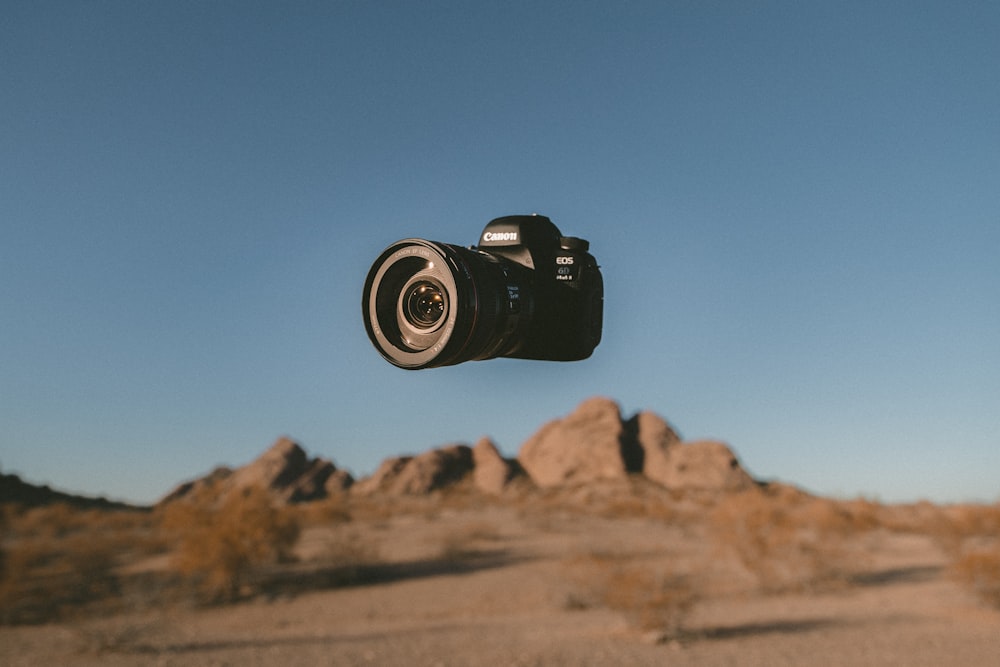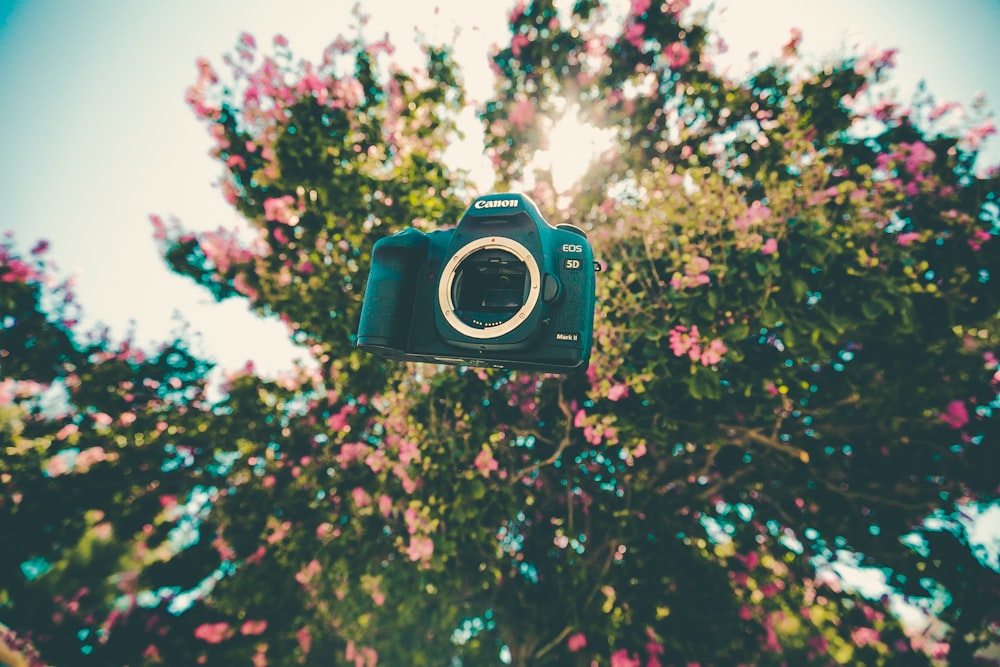The term DSLR is likely familiar to those passionate about photography. Due to its versatility and image quality, DSLR cameras have become increasingly popular among photographers at all levels The team here now all use DSLR cameras.
Understanding the various functions and parts of a DSLR camera is essential to understanding its capabilities. Throughout this article, we will explore how a DSLR camera works and explore its key components.
What are the Different Parts of a DSLR Camera?
Digital Single-Lens Reflex (DSLR) cameras have revolutionized photography, offering unparalleled control and image quality to both amateurs and professionals alike. Understanding the various components of a DSLR camera is crucial for maximizing its potential and capturing stunning photographs.
Unveiling the Power of DSLR Cameras
Before we dive into the intricate details, let’s take a moment to appreciate the power of DSLR cameras. DSLR cameras offer photographers breathtaking images with exceptional clarity, depth, and detail thanks to their advanced technology. Understand the different parts of a DSLR camera to maximize its potential and enhance your photography abilities.
Parts of a DSLR Camera
Two things are most important to a DSLR camera’s system! There are two parts to a camera: the body and the lens. Even so, there are many things to discuss about the DSLR camera’s full body.
DSLR cameras come with many features, and they are truly endless! First of all, let me highlight some of the most important points, which are:
The Lens: Your Window to the World
A DSLR camera’s lens is one of its most important components. Light enters the camera through it and reaches the image sensor, serving as your window to the world. Wide-angle and telephoto lenses are available in a variety of focal lengths, so you can capture different perspectives. Depending on your subject and shooting needs, they can be interchanged.
The Camera Body: A Solid Foundation
DSLR cameras are built around the camera body. All internal components are housed here, and the lens and other accessories are held in place by a sturdy structure. Additionally, you can control the camera’s functions and settings via buttons, dials, and a display screen on the body.
Image Sensor: Transforming Light into Pixels
The image sensor is at the heart of every DSLR camera. It captures millions of tiny pixels to convert the incoming light into digital information. In addition to affecting factors such as resolution, low-light capability, and dynamic range, the size and quality of the image sensor can also affect the camera’s performance.
You may enjoy reading What is Street Art Photography?
Viewfinder: Framing the Perfect Shot
Precision can be achieved by using the viewfinder. You can frame your subject accurately and adjust your settings by looking through the viewfinder. EVFs are electronic viewfinders that display a digital representation of the scene in front of the camera.
Shutter: Capturing the Moment
DSLR cameras have shutters that open and close when the shutter button is pressed, exposing the image sensor to light. As a result of this brief exposure, the desired moment in time is captured and frozen in a photograph. Shutter speed determines the duration of the exposure, which determines how much light enters the camera.
Aperture: Controlling Light and Depth of Field
It controls the amount of light entering the camera by adjusting the aperture within the lens. Lower f-stops correspond to wider apertures and more light passing through, while higher f-stops correspond to smaller apertures. In addition to controlling light, the aperture also determines the depth of field, which determines how sharp the subject is in comparison to the background.
ISO: Sensitivity to Light
The ISO of a camera refers to how sensitive it is to light. Particularly in low-light conditions, it determines how your images will be exposed. In challenging environments, higher ISO settings allow you to capture brighter images because the camera is more sensitive to light. In addition to introducing digital noise, increasing ISO can also affect the quality of images.
Focus System: Achieving Sharpness
Your subject will appear sharp and well-defined in the image thanks to the focus system of a DSLR camera. Using a modern DSLR, you can track moving subjects accurately using its advanced autofocus system with multiple focus points. In addition, manual focusing is available for those who prefer complete control over their focusing.
Metering: Measuring Light
To determine the optimal exposure settings, metering measures the intensity of light in a scene. DSLR cameras employ different metering modes to analyze various areas of the frame and calculate the correct exposure, such as evaluative, spot, and center-weighted. In different lighting conditions, you can capture well-exposed images by understanding metering modes.
White Balance: Accurate Color Representation
Under different lighting conditions, the camera’s white balance determines how accurate the colors are. There are several white balance presets available in DSLR cameras, such as daylight, tungsten, and fluorescent, that allow you to create natural-looking images. With manual white balance, you can adjust the color temperature based on the lighting conditions.
Image Stabilization: Reducing Camera Shake
When taking pictures handheld or in low light conditions, camera shake can lead to blurry images. As a result of image stabilization, small movements during exposure can be minimized, thus counteracting camera shake. Both lens-based and sensor-based image stabilization are available on DSLR cameras, contributing to sharper images.
Memory Card: Storing Precious Memories
Memory cards are used by DSLR cameras to store images and videos. There are several types of removable storage devices, including Secure Digital (SD) and CompactFlash (CF). Continuous bursts of images can be captured without delays with the right memory card with sufficient capacity and fast write speed.
Battery: Powering Your Camera
It is important to have a reliable source of power for your DSLR camera so that it can continue to operate. Rechargeable batteries are used in DSLR cameras to provide sufficient power for extended shooting sessions. When shooting in remote locations or situations where charging is not possible immediately, having spare batteries is essential.
You may enjoy reading How to Photograph Snowflakes
LCD Display: Reviewing and Navigating Images
You can view captured images, navigate menus, and access various settings on most DSLR cameras via the LCD display on the rear. Different camera models have different display sizes and resolutions. Touchscreen functionality is also available on some advanced DSLRs, allowing users to access features quickly and intuitively.
Importance of Each Component in Photography
Every part of a DSLR camera plays a crucial role in capturing memorable photographs. From the precision optics of the lens to the advanced features of the body, each component contributes to the overall image quality and shooting experience.
Maintenance and Care Tips for DSLR Cameras
Proper maintenance is essential for keeping your DSLR camera in optimal condition. Regular cleaning of the lens and sensor, storing the camera in a protective case, and avoiding exposure to extreme temperatures and humidity can extend its lifespan and ensure consistent performance.
You may enjoy reading Best HDR Cameras For Photography
FAQs
Can I use lenses from different camera brands on my DSLR?
The compatibility of lenses across different camera brands may vary, so it’s important to check before making a purchase. Depending on the camera body and lens specification, some camera mounts and lenses may not be compatible.
How often should I clean my camera lens?
Maintaining the quality of your images requires regular lens cleaning. Keep your lens clean whenever dust, smudges, or other contaminants may interfere with image clarity. Microfiber cloths designed specifically for camera lenses and lens cleaning solution should be used.
What is the difference between optical and digital zoom?
By adjusting the focal length of the lens, optical zoom magnifies the subject while maintaining image quality. When digital zooming, on the other hand, pixels are cropped and interpolated to enlarge the image, leading to a loss of detail and reduced image quality.
Can I shoot videos with a DSLR camera?
Yes, DSLR cameras are capable of recording high-quality videos. By controlling aperture, shutter speed, and ISO manually, you can capture cinematic footage with a variety of video recording modes, frame rates, and resolutions.
How do I clean the image sensor of my DSLR camera?
A delicate process like cleaning the image sensor should only be attempted by professionals or individuals with experience in this area. Consult your camera’s manual for instructions on cleaning the sensor if you notice dust spots on your images.
Final Thoughts: Unlocking Your Creative Potential
You can unlock your creative potential as a photographer by understanding the different parts of a DSLR camera. In order to capture high-quality images and express your artistic vision, each component plays a crucial role. You can fully maximize the power of a DSLR camera if you familiarize yourself with its lens, camera body, and image sensor.




